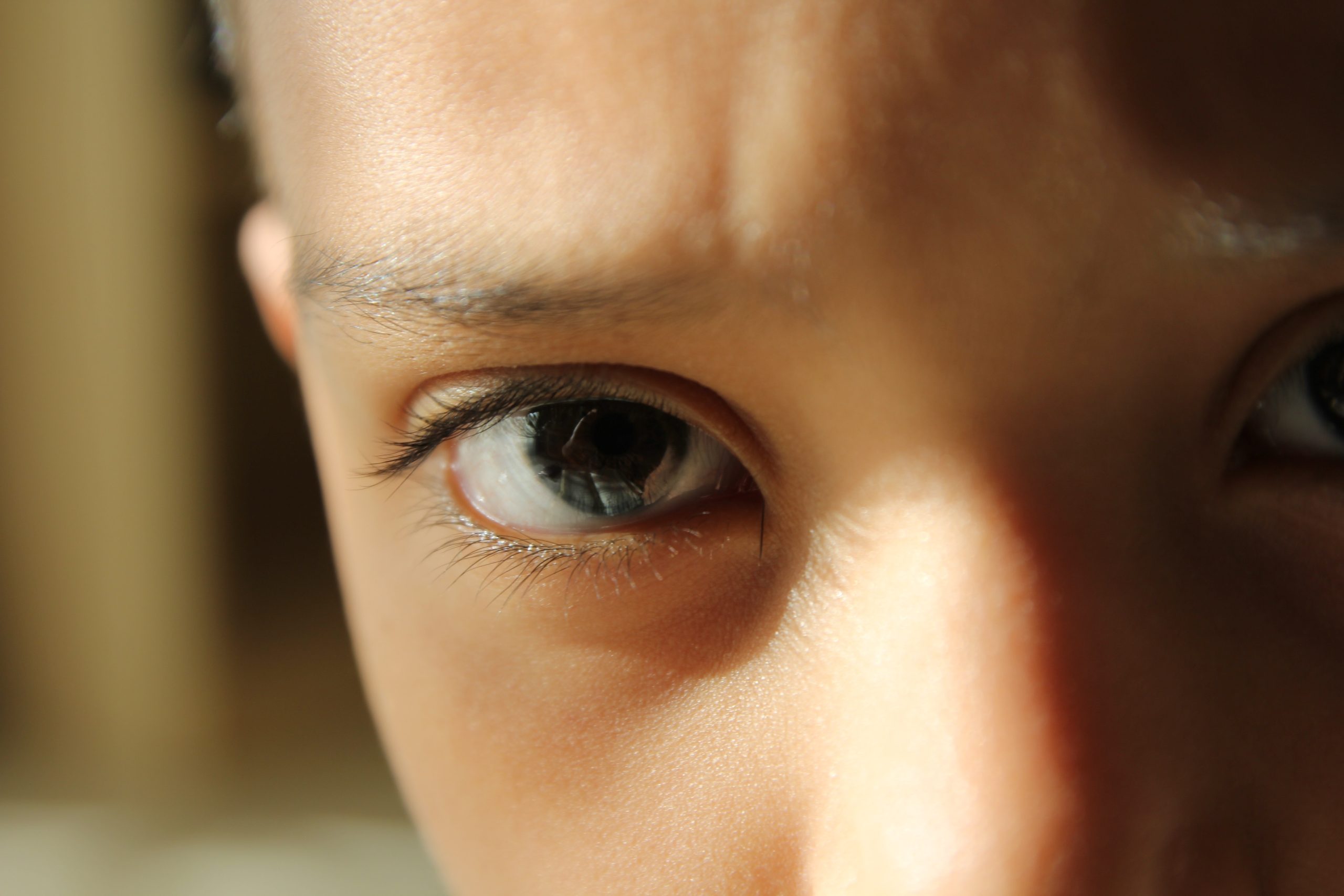Please Note: The following is an opinion piece and is provided for information only. Formal advice regarding use of medication should be sought from specialists working in pediatrics, psychiatry, and psychology.
Life for a child is not frequently how it is depicted on our favourite evening family sitcoms and Disney specials. Very often, children are bombarded with confusing excesses of media messaging, social pressures, family, emotional, and academic trouble. We live in an excessively busy time: We teach our children to be as busy as we are by simply moving quickly from one concern or distraction to another, and we welcome new distractions daily primarily through the expansion of the retail technology market. It is, to say the least, an unnatural state of affairs, the simple proof being that nature alone will not sustain a technology-based culture. It is, in other words, an artificial environment with no rhyme, rhythm, or rules beyond what the retail ideal dictates. Certainly, the biological, social, and psychological needs of children are not at the heart of what drives our increasingly ‘technologized’ world.
Whether due to environmental impoverishment or to trauma, for those growing numbers of children who find themselves increasingly marginalized, compromised, and despondent, the schools and popular culture provide very little in the way of sanctuary. School intervention is most often a matter of referral to behaviour modification programming (medical or punitive) but will not address root causality. Family doctors are ill-equipped in training or time and will often offer arms-length monitoring and prescription refills. The Major Depressive Disorder diagnosis does not begin to describe why a child becomes so disconnected and alone that they would consider suicide an option. Pediatric suicide is rare in the preteens, and in the teens overdose of medication is a frequent cause of death. It is difficult to tell what keeps a depressed child from harming himself and harder still to find a workable solution to an already difficult situation. We all want to do what we can to help our troubled children and will most often do anything to make things better, this includes using antidepressant compounds to see if that will help. This practice can be helpful in some instances, but experience shows that frequently other options exist that could be as or more effective with no need for pharmaceuticals.
Most anti-depressants have minimal impact on visual function, unlike ADHD stimulant-based medications which can severely hamper iris and focusing function. Still, anti-depressants should not be trifled with as they bring even more sinister risks.
In general, consider
- avoiding medications unless all other options have been deemed ineffective, this due to risk to health and future behaviours and attitudes around medication use and dependence;
- educate yourself regarding the risks of specific medications;
- environmental and other behavioural modifications before medication;
- consider medication judiciously when other avenues have not proved helpful or where there is extreme risk;
- if you do finally decide to try medication on the advice of your prescribing doctor, to avoid guilt or misgivings and to remain vigilant with respect to observing your child’s behaviour.
Read the following articles to get started learning more. These have excellent references that will lead you on to even more detail if you are interested.
http://www.ncbi.nlm.nih.gov/pubmed/16520440
CONCLUSION: Use of antidepressant drugs in pediatric patients is associated with a modestly increased risk of suicidality.
CONCLUSION: An individual’s response to a medication cannot be predicted with certainty.
http://emedicine.medscape.com/article/1010089-overview
Notes:
- •Cyclic antidepressants have a narrow therapeutic window, increasing their likelihood for toxicity. … In the past decade, the prescription of selective serotonin reuptake inhibitors (SSRIs) for the treatment of depression has far surpassed that of cyclic antidepressants. However the prescription of cyclic antidepressants and the incidence of cyclic antidepressant toxicity is now actually on the rise due to increasing use of cyclic antidepressants in the therapy of chronic pain syndromes.
- •Cyclic antidepressants remain second only to analgesics as the most common drugs implicated in overdose fatalities. Some evidence suggests that cyclic antidepressants are associated with more overdose fatalities per number of prescriptions issued than other antidepressant classes.
- •The distribution of toxic cyclic antidepressant exposures in children is bimodal, with peaks in early childhood and the later teenaged years. Accidental exposure is typically seen in toddlers, whereas adolescents tend to present with intentional overdoses.
http://jama.ama-assn.org/content/298/6/626.1.extract
Quote “It seems misleading to limit the issues of risk and harm to treatment-emergent suicidality, when in actual practice other adverse reactions that make these medications intolerable for young persons occur much more regularly. ”
Parents need to do what they need to do to help their children thrive. My general experience is that what comes in a bottle cannot substitute for a healthy lifestyle (more on this later), a healthy diet, and a supportive loving environment. There is no supplement better than this, and no pill with greater rewards and longer-lasting positive side-effects.






